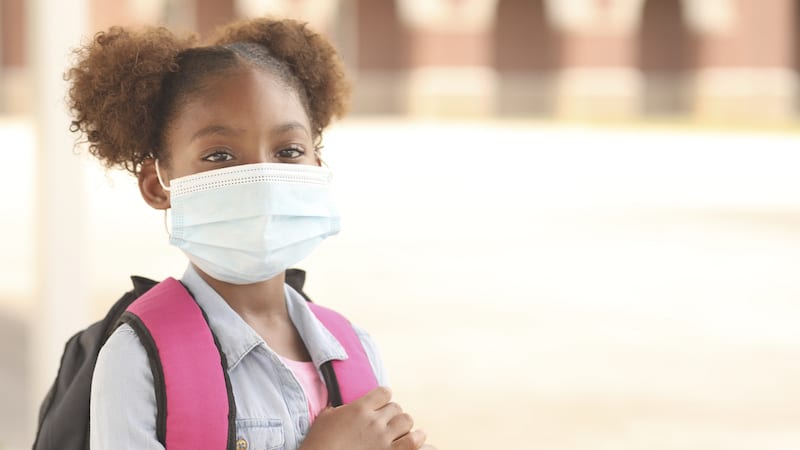The COVID-19 pandemic has left none of us untouched. Whether it’s physical health, mental well-being, or finances, we’ve all been affected—children as well as adults. As we approach a new school year filled with uncertainty, we must keep in mind the pandemic-related trauma our students (and we ourselves) may have experienced. The ultimate goal is to create a pandemic-informed community where youth and adults alike feel safe and supported. Here are some steps you can take to move your school toward becoming a trauma-informed environment:
Increase predictability
As best you can, try to maintain a routine. Keep to the schedule. Clearly communicate expectations. Use consistent calls to attention. All these efforts foster feelings of safety and security, which can counter the lack of predictability in students’ lives outside of school. If there’s going to be a change (and there will be), giving students a heads up can help reduce negative emotional reactions related to change.
Focus on relationships
Relationships precede learning. Especially now, connecting with your students is so important. Frequent informal check-ins can help ensure they feel supported and cared for throughout the experience. If students are learning from home, schedule a Zoom where they can talk about their fears, feelings, and thoughts. One-on-one phone calls also work well.
Watch your language
In times of stress, certain words may be triggering to students, especially those who are feeling anxious about missing school, not seeing friends, their academic futures, etc. Avoid using language like “to keep up,” “crisis,” “so you don’t fall behind,” “make the best of the situation,” “comply,” “drastic,” “watch,” “attention,” and “impact.”
Model, model, model
Try to model calm, neutral responses to disruptions. That’s not to say you can’t tell your students what you honestly think and feel or that you should downplay the severity of what’s going on. Explain events as best and as calmly as you can and acknowledge what’s frightening about the situation. Focus on using positive and optimistic terminology in your explanations.
Take care of yourself
You can’t pour from an empty vessel, and compassion fatigue is a real thing. This is especially true for teachers, who are naturally an empathetic bunch. Burnout from stress and secondary traumatic response can impact your ability to care for your students. So remember to engage in plenty of self-care with strategies like meditation, exercise, and staying connected.
Ask for help
Teachers play an essential role in helping youth deal with feelings of anxiety, but sometimes we just can’t do it on our own. It’s completely OK to consult a professional. For example, a psychologist, social worker, physician, nurse, or psychiatrist may be better able to help students understand and cope with their emotions.
Want to learn more about creating a pandemic-informed community?
Register for the WE Teachers online platform to access your free module on Pandemic-Informed Community where you’ll find interactive ideas for teachers and students to better understand the issue and support well-being. Other free modules available on the platform include mental well-being, diversity and inclusion, bullying, youth violence, and poverty.
Access the Free Pandemic-Informed Community Resources Module and More

